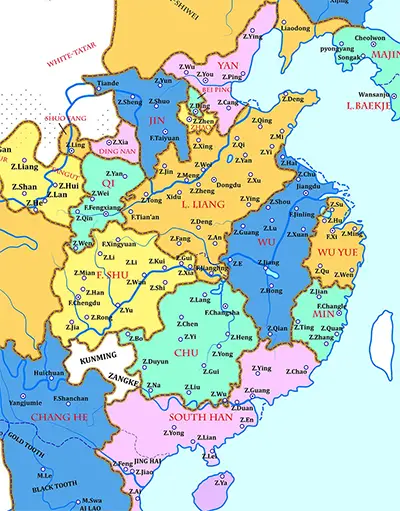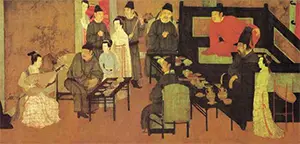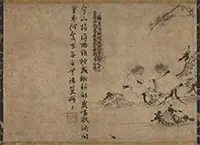China's Five Dynasties and Ten Kingdoms Period
The period in China between the end of the Tang Dynasty and the beginning of the Song Dynasty is called by many historians the Period of the Five Dynasties and Ten Kingdoms. The Five Dynasties ruled in the north; the Ten Kingdoms held sway in the south. 
The warlord Wu Zhen overthrew the Tang and declared his own dynasty, the Northern Liang, in 907. During the next 53 years, he and four subsequent rulers had varying levels of success in maintaining order in an era of increasing upheaval. His successors were these:
In the south, rule was more localized, in the form of 10 kingdoms. In order of establishment, the 10 Kingdoms were these:
Warfare was not uncommon in the south, and not all of those kingdoms existed for the entirety of the transition from Tang to Song. Some kingdoms fell at the hands of leaders of other kingdoms. For example, the Later Tang took over the Former Shu in 925; the Southern Tang took control of the Yang Wu in 937, the Min in 945, and the Ma Chu in 951; and the Later Zhou seized the Northern Han in 951. Emperor Taizu in 960 defeated the Later Zhou and declared the Song Dynasty, ending the Five Dynasties period. Having seized the north, he turned his eyes south. By that time, six of the 10 Kingdoms remained:
Despite the turmoil, large parts of China saw cultural growth. Painting during this period was Gu Hongzhong, whose well-known work Han Xizai Gives a Night Banquet (above left) is considered by many to be one of the most famous in Chinese history. The practice of printing with wood blocks became widespread, resulting in the first printing of a complete collection of the Confucian Classics. Folktales and poetry gained in prominence. A form of poetry developed in Tang times known as the ci (above right) became very popular. The Song conquerors were very careful to maintain these traditions and to also maintain impressive libraries that some rulers had built up. Also counterintuitively, this period was one of economic growth. Accompanying the natural increase in demand for war materials was an overall rise in commerce, as coinage changed in metals from copper and iron and more and more merchants accepted paper-based transactions such as certificates of deposit. At the same time, stories of barbaric treatment of captives and suspects abounded. |
|
Social Studies for Kids
copyright 2002–2024
David White



 Yang Wu
Yang Wu


